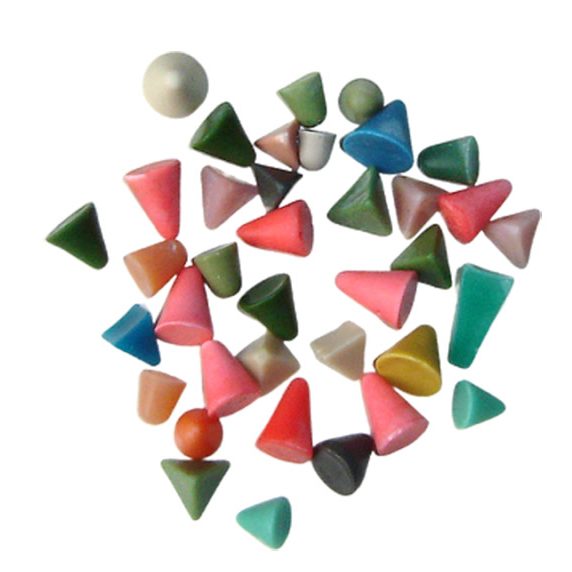
When it comes to your metal cutlery and other metallic items, you want to have a smooth finished product that feels good in your hand. A vibratory finishing machine, with the ideal media, can help smooth sharp edges and burrs. The ideal media is also essential in achieving a visually pleasing finish to your products. In this article, we will take a look at some of the different types of finishing media and why they are best for certain applications.
Vibratory Polishing Media
The ideal media for a particular deburring process depends on several factors. The type of metal being worked with is a key factor. Some metals are softer and require more gentle processing while others are hardened. The shape, size and angle of parts must also be considered. In addition, the abrasiveness of the media is important to ensure that a desired surface is produced.

Abrasive grit blasting media is used in surface treatment processes for many diverse purposes. These include smoothing sharp edges, radiusing and deburring workpieces, cleaning, peening and burnishing, and more. A wide variety of abrasive grit sizes and shapes are available to suit all kinds of machining needs. Bel Air's abrasive grit blasting media, which is also known as wet blasting, and sand blast media are used in a range of applications. These include aerospace engine components, metal fabrication and automotive manufacturing.
Other forms of media can be used in vibratory finishing machines. Plastic media is useful for burnishing and polishing softer metals such as brass, aluminum, and zinc. It is also used to clean softer parts and reduce the time required for finishing processes. It's also effective in removing oils and moisture from parts for better corrosion protection.
Ceramic and porcelain are the most common types of finishing media. They are recommended for light and heavy deburring and polishing. They can be used with a variety of compounds and are very versatile. Ceramic and porcelain are especially useful for polishing metals with a finer finish.
Organic finishing media is another popular type of media for use in a tumbler. They are typically made of crushed corn cob, walnut shells or stainless steel pins. They are ideal for light deburring and can be treated with red rouge or TXP aluminum oxide to give them a slight abrasive action.
Choosing the Right Media for Tumblers
When you have a vibratory tumbler or other industrial part finishing machine, the right kind of tumbling media is essential to getting the best results. Using the wrong tumbling media can result in scratching or dulling your parts. When selecting the correct finishing media, you must take into account the size of your machine and how dirty the pieces are.
When deciding on the size of your media, it is important to select the right size so that it can reach all of your metal parts. Oversized media will not lodge properly in the pockets and cavities of your metal parts and may pass through them without removing any debris or contaminants. Undersized media will also not effectively clean metal parts and can be difficult to handle for the operator. The size of the tumbling media should be balanced against the speed and power of your vibratory finishing machine.